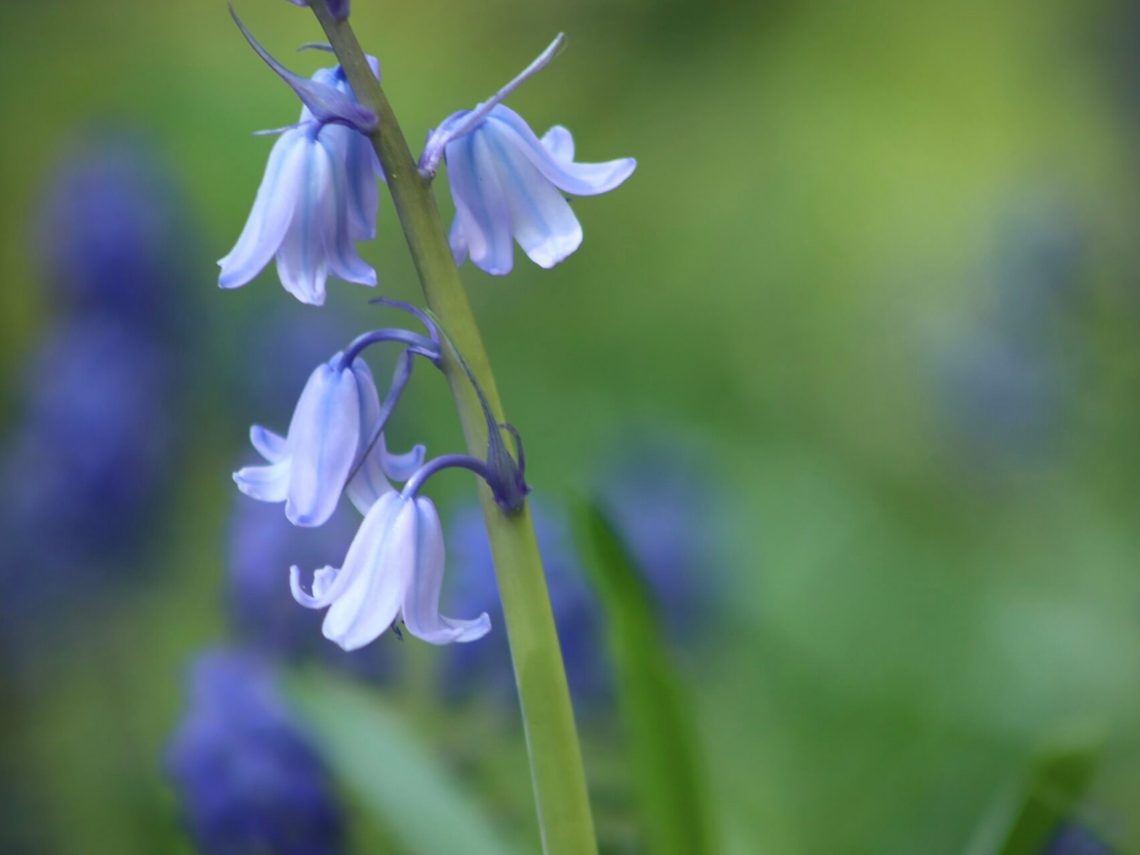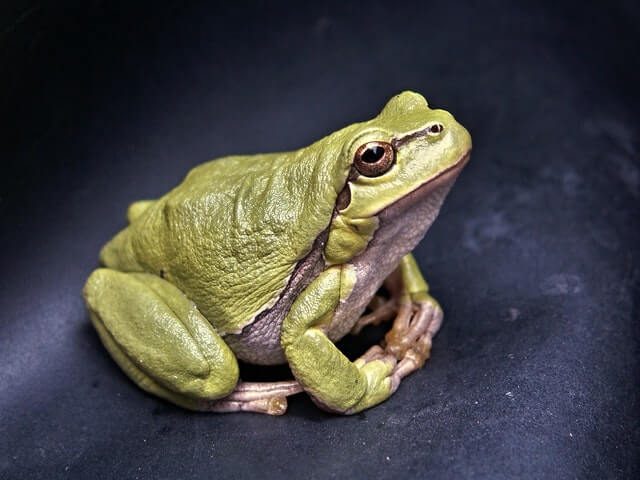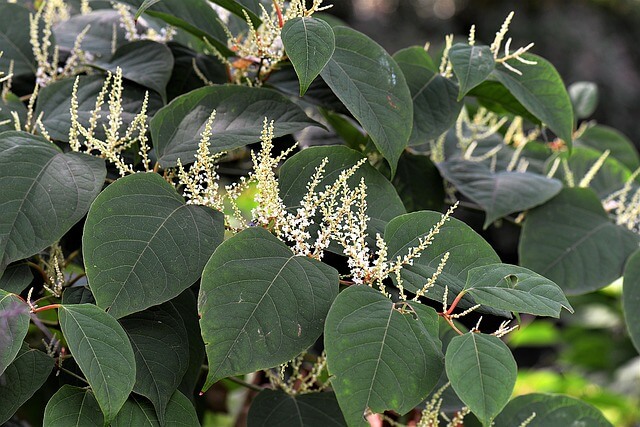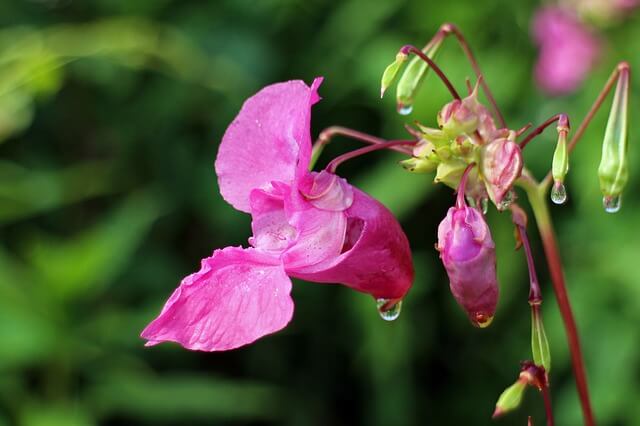
How Can Invasive Species Be Controlled at Home?
How Can Invasive Species Be Controlled: A Gardener’s Guide
What’s the problem?
In the UK, invasive species are costing the UK around £1.7 billion every year. As our lifestyles become ever more nomadic and we cross borders more and more often, touching down on all corners of the planet, the problem is likely to grow even more. So then we must ask ourselves, how can invasive species be controlled?
European Tree Frogs
A few days ago, a photographer I follow on Instagram, Victoria Hillman (go follow her now if you don’t already, her pictures are stunning), posted a photo of a European tree frog. I never knew there was such a thing, so of course, I googled it.
It turns out you can buy one as a pet! The website suggested keeping it in a greenhouse. My sceptical alarm bells in my brain immediately sounded.
“But what if it escapes?”, they said, and sure enough, as I kept reading I came across a warning. You could be prosecuted from releasing non-native species into the wild in the UK.
The reality is that even something so seemingly harmless as a frog could have completely unpredictable and potentially catastrophic effects on the environment around it.
In last week’s post I looked at how the humble jellyfish is causing havoc in marine food chains.

This is Where We Come In
The likelihood is that none of us has the kind of money or power to solve this £1.7 billion issue of how invasive species can be controlled in the UK (if you do, hi! Welcome to my blog. Please get in touch, I’d love to chat), but as with most things, we can all do our little bit.
It got me to thinking, most of us (I hope) are sensible enough that we wouldn’t release exotic pets into the wild in the UK. It does, however show the power of individual choice.
How much do we really consider the plants that are growing in our gardens and the impact they could have?
For me, the answer is not much and not often!
I thought I’d get to doing a bit of digging to find out more about the choices we can all make in our own gardens to make our own little bit of impact on this giant problem.
The Law
Of that £1.7 billion, approximately £1.5 million is dedicated purely to controlling Japanese knotweed.
Species like that are banned. You’re probably not going to face any consequences for simply having it on your land. However, you should definitely not introduce more of it or take steps to get it to grow any further!
Himalayan balsam and common water hyacinth are also “big hitters” that fall into this category.
If you’re unsure, a full list can be found here.
However, there are still plenty of potentially problematic species which can be completely legally traded. They are readily available at most garden centres.
At one time, I thought this guide might be a list of a few key players, but it didn’t taken long to realise that there were just too many to pick from!
Instead, I want to give you something that I hope can be more helpful- a list of top tips that can be applied whenever shopping and gardening to help you to do your bit.

Top Tips
Tip One: Identifying Friend Against Foe
Knowing which species to avoid when shopping is probably the most important step we can take, but as with many things it’s easier said than done.
Gardener’s World have a list of some of the legal invasive plant species you should try to avoid, which is a great place to start.
This includes well known species like bamboo, which spreads like crazy if left unmanaged, as well as lesser known examples such as passion flowers and snowberries.
This list is be no means exhaustive, however, so you might need to do a bit of your own research.
Find out where the plant originates from. Sometimes the clue is in the name (e.g. Spanish bluebell). If it’s not originally from the UK it’s not automatically a problem but it does indicate that you might want to do some extra investigation before going ahead and purchasing the plant for your garden.
Look at information about the nature of the plant’s growth. If it’s a particularly hardy species and has a tendency to spread, you probably need to think twice before planting!

Tip Two: Finding Alternatives
You can still have a beautiful garden without any invasive individuals!
Plantlife have produced a great document with suggested alternatives to some of the most invasive plants, including some on the banned list. I’d highly recommend downloading and taking a look.
Outside of this, try to find out if there is a native version in the same family or genus. I mentioned the Spanish bluebell above- it’d be super easy to swap it out for our native bluebell (Hyacinthoides non-scripta).
Tip Three: Responsible Disposal
One of the biggest and easiest changes to make is to how you dispose of invasive plants.
It goes without saying that you should never distribute cuttings of invasive species to fellow gardeners- this is believed that this is the source of a lot of the spread of Himalayan balsam.
If you want to get rid of invasive land plants currently on your property, your best bet is to dig them up, roots and all, and burn them on site.
DO NOT throw invasive plants in your garden waste bin as this could spread them further. Likewise, DO NOT take them to your local recycling centre. These plants can only be disposed of in specific landfill sites. Contact your local council if you need specific advice for your area.
Weedkiller is another option but this can have a negative impact on all the great wildlife in the area.
It should NEVER be used on aquatic plants. There are no weedkillers permitted for aquatic use in the UK and these are particularly delicate ecosystems. If you’re removing weeds from your pond, incineration is by far the best option.

How Can Invasive Species Be Controlled?
Perhaps the short answer is…they can’t. Not completely. Next week I’ll be looking into whether or not we would even want to. Invasive species are probably here to stay but in the meantime, we can all take small steps in our own spaces to make our little bit of difference.
One Wild Thing
If we want to be part of the solution to how invasive species can be controlled, we can all take steps to be more responsible gardeners. Just having an awareness of the issue will help us to do so.
When buying plants, we can make informed decisions and know when to question or double check our choices. When disposing of plants, we will know to check regulations before just chucking them in the green bin.
If you’re still not sure, I highly recommend taking a look at the RHS website. They have an extensive list of what to look out for and more specific advice.
If you’re a keen gardener why not check out my post on 5 ways that you can rewild your garden to encourage biodiversity in wildlife from home?






2 Comments
Melanie Murphy
This was a great read. Thank you for spreading awareness and sharing your knowledge, I wish it would spread as fast as the invasive species! I am from the US but we are facing the same issues here. I have spent the last few years trying to rid our property (nearly 50 acres) of invasive species and it is a never-ending battle! But hopefully more and more people will try to slow down the inevitable as I’m sure we will eventually succumb to the invasives. Just over the last 10 years or so I’ve noticed a huge difference in many areas of our state. Some areas are unrecognizable from the past and you cannot even walk through some places because of the dreaded multiflora rose (An average plant produces an estimated one million seeds per year, which remain viable in the soil for up to 20 years. It forms dense thickets, grows just about anywhere and has very mean thorns) Oh boy do we need help! Thank you again for this wonderful article!
lenew_21
Thank you so much for this kind comment! It’s made my day. I’m so glad you enjoyed it and found value in it. Whilst it might not be directly applicable to the US I’m sure there are plenty of bits that apply universally! I think it’s something many people don’t know about or think about but it’s definitely something we can all make a difference with.